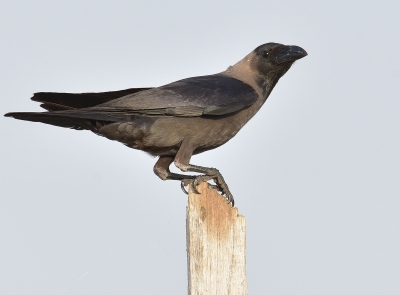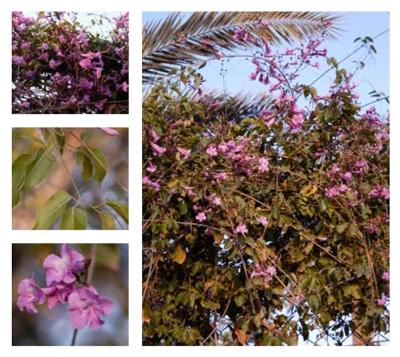
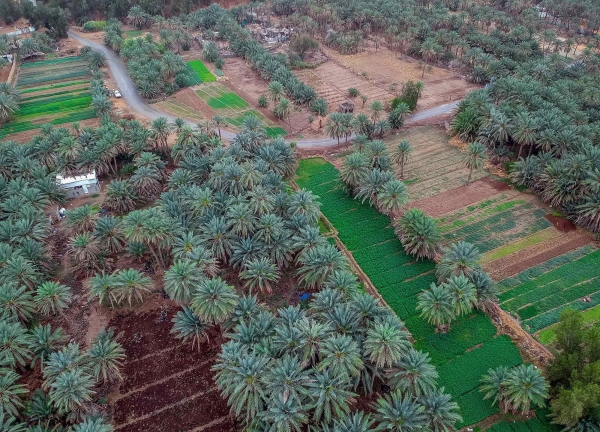
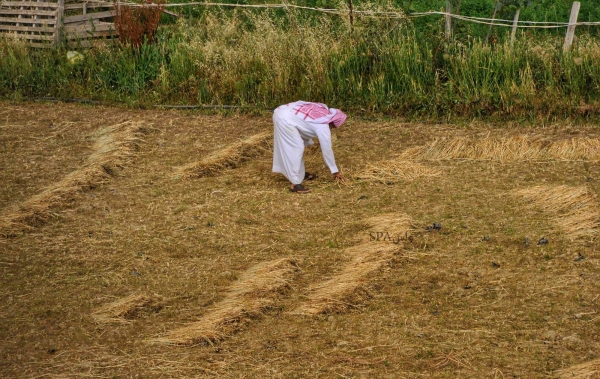
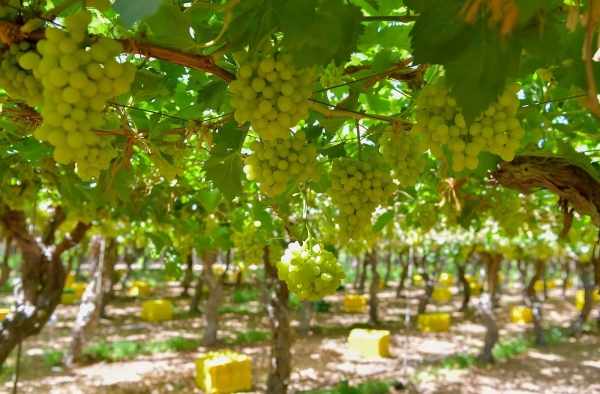
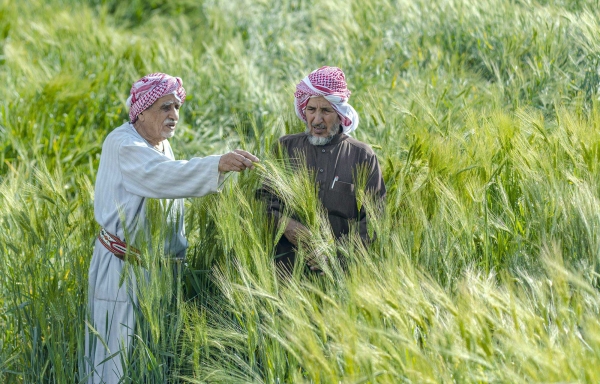
The annual celestial markers (Tawale') in the Kingdom of Saudi Arabia are the astrology houses that appear during the seasons of the year. Each lasts for thirteen days and serves as a guide for farmers to determine their planting times. They are as follows:
- Winter Markers: The winter season includes seven celestial markers, beginning with Ikleel, a grouping of three aligned bright stars. During this period, palm fronds and tree branches are pruned. This marker, which signifies the beginning of the Murab'aniyah winter season, witnesses the migration of Black-bellied Sandgrouse, Pterocles orientalis, and Pterocles birds. It starts from December 7 to December 19, during which cold winds intensify, leaves fall, rainfall and clouds become more frequent, and wheat is planted north of the Kingdom.
- Spring Markers: The spring season includes seven markers, beginning with Saad al-Saud, a grouping of three stars, one of which is bright. During this period, the weather becomes moderate, especially during the day. It lasts from March 8 to March 20. During this time, the land turns green, trees sprout leaves and bloom, grass becomes abundant, and truffles increase. Palm shoots are planted, storms are frequent, and citrus, grape, tree, and vegetable seedlings are cultivated.
- Bird Migration Marker: Known as "al-Mu’akhkhar," it consists of two bright stars. During this period, the migration of Turtle Doves increases. It is part of the "Kanat al-Thuraya" phase and lasts from April 16 to April 28. If rain falls during this time, it is usually heavy. Grass grows abundantly, and grapevines are pruned.
- Summer Markers: The summer season begins with al-Thuraya marker, a cluster of seven stars, marking the first phase of summer. This period is renowned for the rapid healing of wounds. Al-Thuraya is part of the Murab'aniyah al-Qayth (the forty days of intense heat) and lasts from June 7 to June 19. During this period, the heat intensifies, storms become frequent, grass dries up, water levels recede, rainfall becomes scarce, and spring insects disappear.
- Jamrat al-Qayth (Fiery Heat) Marker: This marker consists of five stars and signifies the peak of intense heat (Jamrat al-Qayth). The scorching temperatures persist until midnight during this phase, which lasts from July 16 to July 28. Storms become more frequent, and clouds move steadily from east to west, influenced by the Indian Depression. This period also brings humidity and storms, occasionally interrupted by periods of complete wind stillness combined with extreme heat.
- Fall Markers: The fall season begins with al-Jabha marker, a grouping of four stars, lasting one day longer than other markers, from September 6 to September 19. During this period, nights become cooler, and daytime weather improves. It marks the time for harvesting dates, ripening lemons, continuing palm planting and tree seedlings, as well as planting vegetables. Clouds and humidity decrease during this phase.
- Southern Winds Marker: During this phase, southern winds bring heavy rainfall. It begins on October 29 and ends on November 10. The cold intensifies, and wheat and barley are planted in the center of the Kingdom. Additionally, onions are transplanted into permanent fields, and the fall crop of alfalfa (Medicago sativa) is sown.
Related quizzes
Related articles
